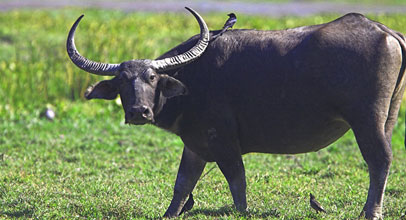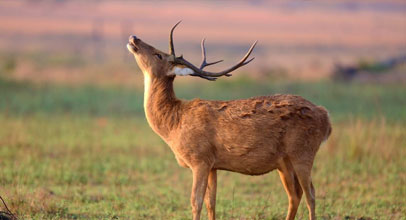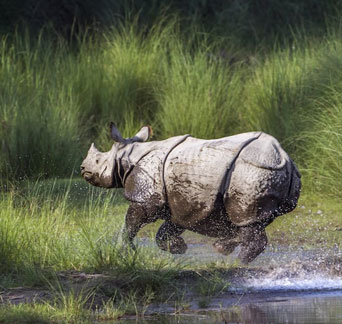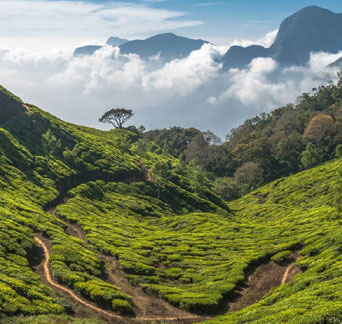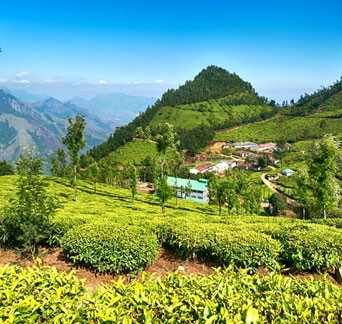Manas National Park
Manas wildlife sanctuary of Manas National Park located on the orders of Indo-Gangetic and Indo-Malayan biogeographically a realm is among the noted India’s wildlife reserves. The diverse wildlife sanctuary falls on a gentle alluvial slope in the foothills of the mighty Himalayas, where wooded hills provide favorable condition to grasslands and tropical forest. It is an abode of great variety of wildlife, including many endangered species like tiger one horned rhino, the pygmy hog and elephant.
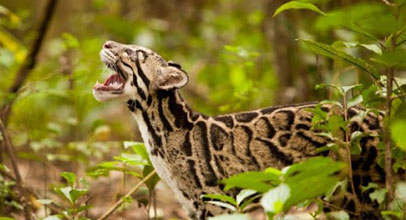
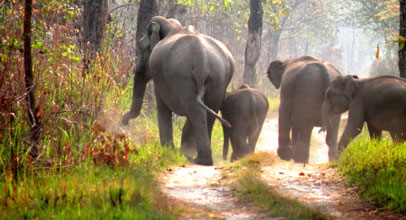
Manas National Park situated in the state of Assam is a UNESCO declared world heritage site and also part of the Indian Tiger Reserve, Elephant Reserve and Biosphere Reserve. During 1980’s & 1990’s Manas faces stupendous atmospheric pressure because of the ethnic agitation in the area that causes large scale destruction of the forest and its wildlife. However, after the solution of this disaster, Manas is on its way back to normalcy.
Mana has the rich history on the focus of long-term conservation concern and action. This wildlife sanctuary was inscribed in the year of 1985 and seven years later it was added to the world heritage en Danger List in response to concerns linked to civil unrest and the degradation of natural values. The most alarming news was the extinction of Greater One-Horned Rhinoceros from the property over a short 13 year period (1988-2001). The progressive effort of continuous 19 years on the list of world heritage site endangered species during which time recovery endeavor observes the rhino numbers increase, including the birth of new rhinos within the wildlife sanctuary. It was only removed from the Danger List in the year of 2011.
History of Manas National Park
It is said that earlier this area was used as a hunting ground by the Cooch Behar royal family and Raja of Gauripur. Initially it was proposed for a Reserve Forest in the year of 1905 and later declared a Reserve forest in 1907. In 1928, certain area was declared as a Game Sanctuary. It was declared as a wildlife Sanctuary in 1950 and total area covered within the sanctuary was 360 square kilometers.

In 1973, Manas was declared as a Tiger Reserve under Project Tiger and area expanded to 2837 square kilometers. Progressively in 1985 Manas was declared as World Heritage Site by UNESCO for extraordinary universal value. The success story does not stop here. In 1989, Manas was declared as Biosphere Reserve under Man & Biosphere Programme of UNESCO.
And finally, Manas was declared as a National Park in 1990. Total area of the park is about 500 Km2. In 2003, Manas was declared as Chirang – Ripu Elephant Reserve under Project Elephant.
Geography of Manas National Park
The geography of Manas National Park is very interesting. Its area falls in six district regions - Kokrajhar, Bongaigaon, Barpeta, Malaria, Kamrup and Darrang in the state of Assam. Manas lies in the foothills of eastern Himalayas have very dense forest area throughout.
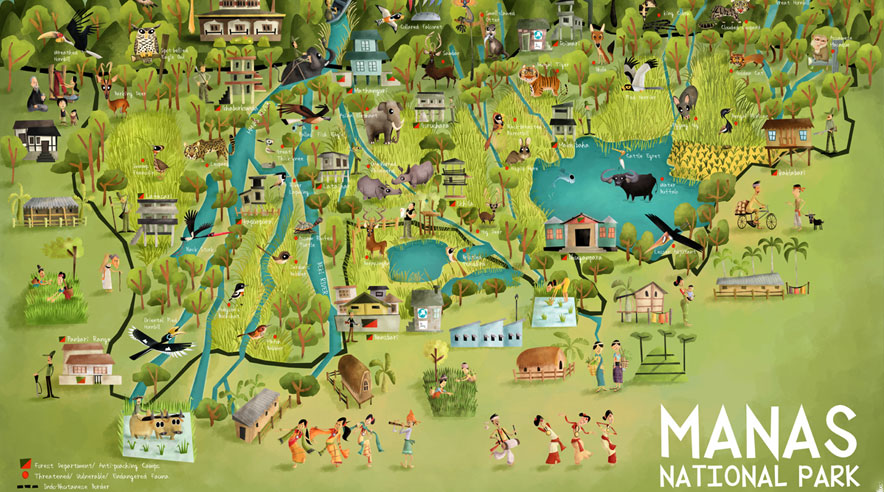
Mansa River from which its name has been derived flows through the west of the park and is the main river within it. The river also acts as an international border between India and Bhutan. Manas River is basically a major tributary of mighty Brahmaputra River and divides into two separate rivers, the Beki and Bholkaduba as it reaches the plains.
Vegetation of Manas National Park
Flora in Manas National Park
Manas National Park is known for diverse biodiversity. A total of 543 plants species have been recorded from the core zone of the Manas. Of these, 374 species are di-cotyledons, 139 species mono-cotyledons and 30 are Pteridophytes and Gymnosperms.
Fauna in Manas National Park
The Manas Wildlife Sanctuary has recorded in its lists 55 species of mammals, 380 species of birds, 50 of reptiles, and 3 species of amphibians. Out of these wildlife, 21 mammals are India’s Schedule I mammals and 31 of them are threatened.
